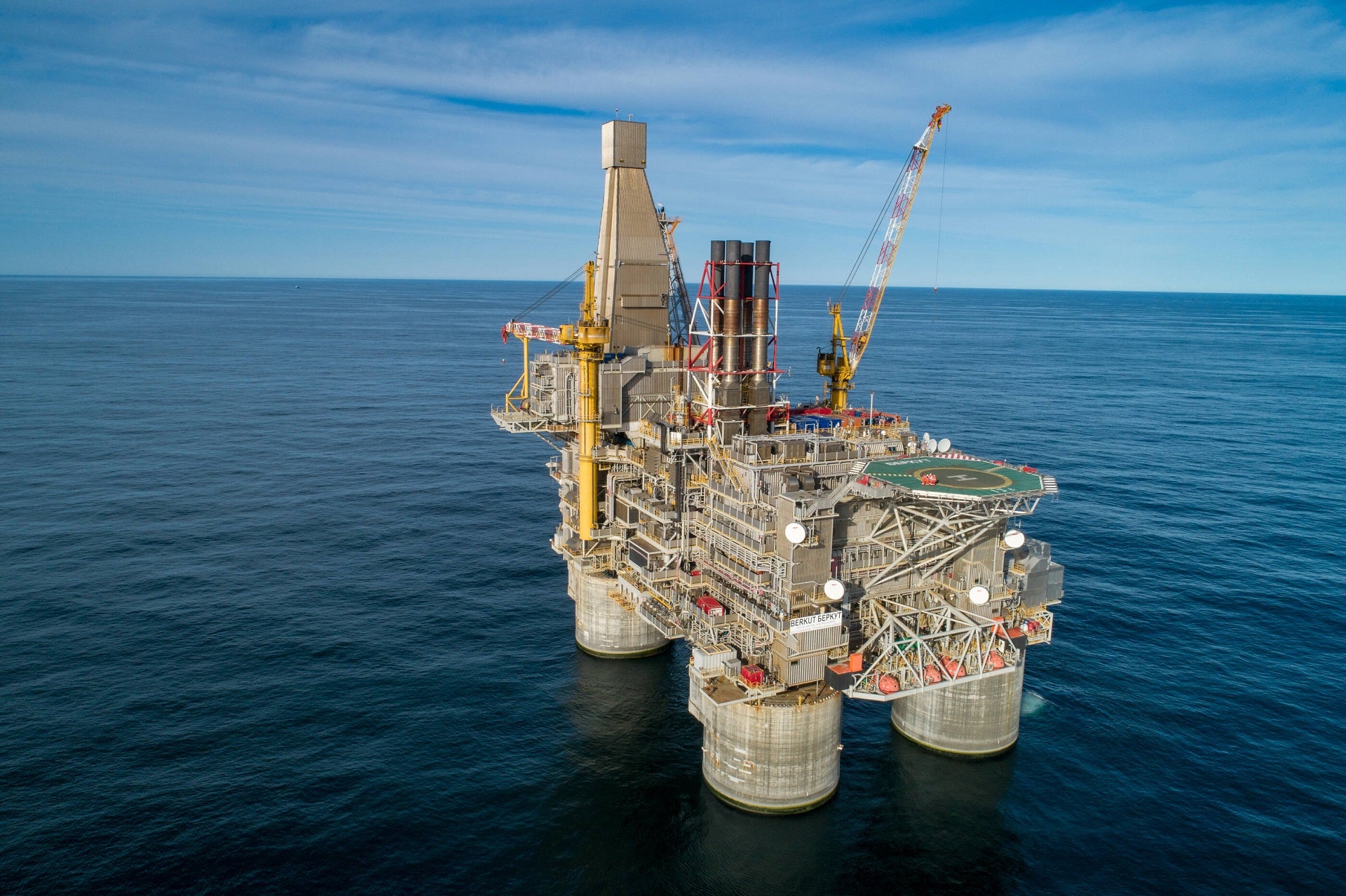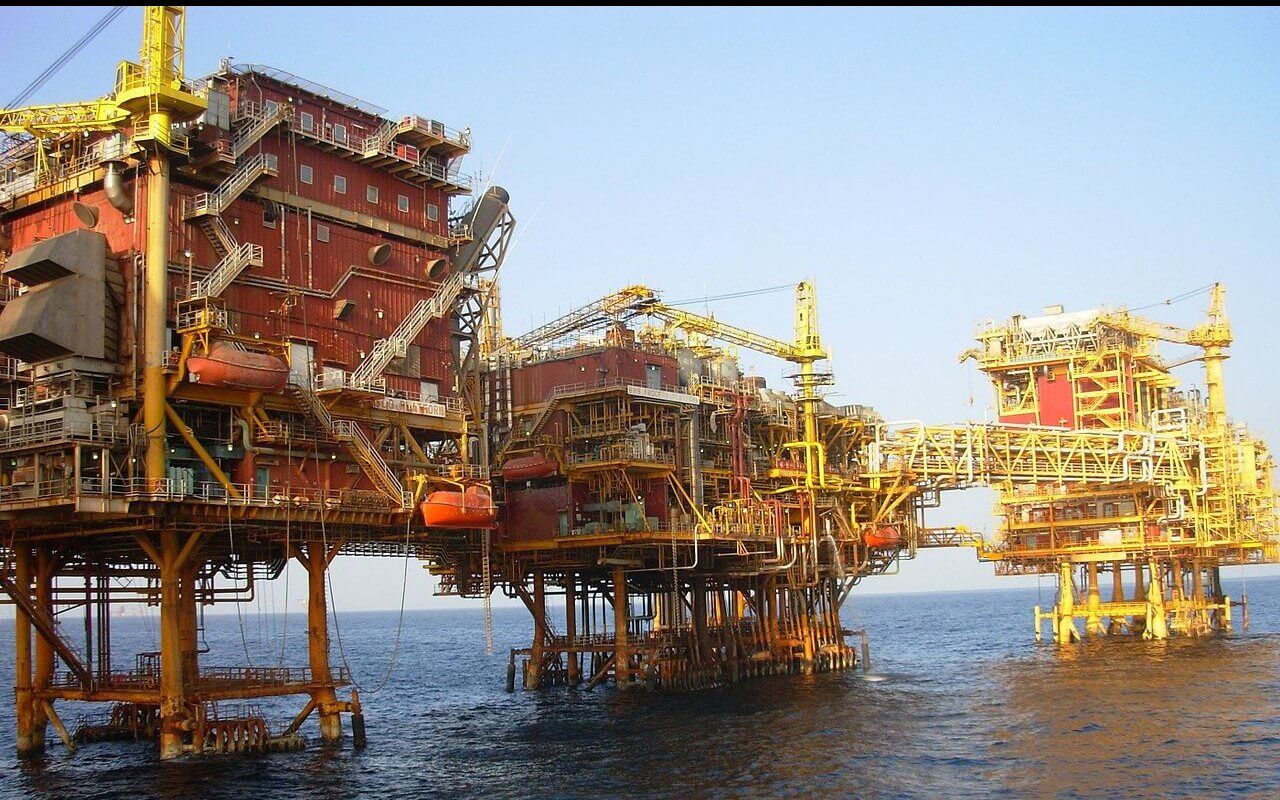India’s Oil Demand Seen Peaking, Import Bill Up Just 10% in 9 Years

India’s Oil Demand Seen Peaking, Import Bill Up Just 10% in 9 Years
The Narendra Modi administration oversaw a significant drop in India’s increase in crude oil imports between FY14 and FY23, even while local output barely changed. This suggests that consumption may be about to peak.
Although there was a noticeable drop in import volume growth, the decline in growth was far more pronounced in value terms. This was also a result of the low crude prices that remained in the early years of the Modi administration, despite ample supply throughout the world and a surge in US shale oil output.
India’s crude oil imports increased 97% between FY05 and FY14, from 95.9 million tonnes (MT) to 189.2 MT. In contrast to this, the Ministry of Petroleum and natural gas’s Petroleum Planning and Analysis Cell found that imports (232.7 MT) grew by just 23% between FY14 and FY23.
The cost of importing oil increased by merely 10% to $158 billion between FY14 and FY23, but by 450% from $26 billion in FY05 to $143 billion in FY14.
Nevertheless, India’s reliance on oil imports increased from 76% in FY05 to 77.6% in FY14 and 87.3% in FY23. This was due to a 23% decline in domestic output between FY14 and FY23.
More fuel-efficient automobiles, the switch to CNG, the mixing of ethanol into petrol, and the rise of electric vehicles, particularly two-wheelers, are just a few of the causes that have caused oil consumption to slow down. The tax difference between petrol and diesel was almost eliminated, making the latter more expensive and encouraging consumers to switch to cleaner fuels.
Even though the prime minister established a goal to cut the nation’s reliance on oil imports to 65% by 2022, domestic crude output fell during the Modi administration. While crude oil output in India was estimated to have increased by 11% from 34.1 MT in FY05 to 37.8 MT in FY14, it decreased by 22.8% to 29.18 MT in FY23.
According to industry analysts, the more significant rise in oil imports between FY05 and FY14 was caused by higher capacity additions in Indian refineries. Numerous people also mention the current energy shift.” Crude is imported to export (refinery) finished products and for consumption in India. The decade leading up to FY14 saw an increase in refinery capacity, and since this capacity depended on imported crude, oil imports skyrocketed, according to former petroleum secretary RS Pandey.
When compared to February 1, 2006, the installed capacity of Indian refineries increased by 62.4%, reaching 215.1 MMTPA on April 1, 2014. It increased by merely 16.8% over the previous nine years to 251.2 MMTPA as of April 1, 2023. Rising petroleum product exports from India from 18.2 MT in FY05 to 67.9 MT in FY14 due to expanded refining capacity have resulted in a rise in net product export from 9.4 MT in FY05 to 51.2 MT in FY14. In other words, by FY14, over 25% of oil imports were utilized for exports.
However, crude oil imports more focused on export have remained relatively high in recent years. In FY23, product exports decreased to 61 MT, with net exports falling sharply to 16.5 MT. According to India’s usage of diesel, which is 2.5 times that of petrol, there is little doubt that the transportation sector is undergoing an energy shift.
This sector consumes the most oil and supplies fuel for huge ships, aircraft, buses, and other vehicles. Domestic consumption of diesel climbed at a slower pace of 25.6% to 85.9 MT in FY23 after increasing by 72.4% between FY05 and FY14, from 39.7 MT to 68.4 MT. The use of petrol increased at comparable rates of 107.6% and 104.2%, respectively.

The efficiency of automobile engines has steadily increased, and alternate fuels like CNG and ethanol mixed with petrol are now in competition.
Prashant Vasisht, vice president and co-head of corporate ratings at Icra, said, “In general, our crude import will decrease to some amount due to reducing consumption in the transport sector. Buses and other forms of public transport were converted to run on compressed natural gas (CNG) in Delhi and other major cities using CGD.
Additionally, Vasisht cited the decline in diesel usage to the narrowing of the price gap between petrol and diesel, which encouraged people to switch to CNG or gasoline, both of which emit less pollution. While LCVs are being converted to CNG, a sizable number of two-wheeler riders have electrified their vehicles.
He continued that diesel gen-sets usage decreased in urban and rural regions, including the agricultural sector, as the electricity situation improved.
The next major oil-consuming sector is the petrochemicals industry, which the government is anxious to support as roughly 80% of India’s petrochemicals capacity is linked with petroleum refineries. The energy transition is expected to reduce the demand for oil products further.
India, the third-largest oil consumer in the world, is set to see a pivotal change in its oil consumption trends. Despite the country’s population and economic growth, recent forecasts suggest its oil demand may be peaking. In an unexpected development, the country’s oil import bill is reported to have risen by a mere 10% over the past nine years. This article delves into the factors behind these trends, their implications for India’s economy, and what this could mean for global oil markets.

India’s burgeoning middle class and industrial growth have historically driven the country’s increasing thirst for oil. However, various factors, including policy shifts, technological advancements, and changing consumption patterns, suggest this demand is set to peak sooner than anticipated:
- Energy Efficiency Measures: India has implemented significant energy efficiency initiatives, reducing oil consumption per unit of GDP.
- Transition to Renewable Energy: The Indian government is committed to a significant expansion in renewable energy capacity, aiming to reach 450 GW by 2030.
- Electric Vehicle (EV) Adoption: The Indian government has been encouraging the adoption of electric vehicles through various incentives and policy measures.
- Despite rising consumption levels, India’s oil import bill has seen a modest increase of just 10% over the past nine years. This can be attributed to several factors:
- Diversification of Oil Suppliers: India has strategically diversified its oil imports, reducing dependency on any single region, which has helped stabilize costs.
- Improved Refining Capacity: Domestic refining capacity has grown, enabling domestic crude oil processing, thereby reducing the import of costlier processed fuels.
- Global Oil Prices: The past decade has witnessed relatively low global oil prices, which has helped keep India’s import bill in check.
A lower oil import bill would positively impact India’s current account balance. Diversification of energy sources and peak oil demand enhances India’s energy security. Freed capital from lower oil imports can be reallocated to other critical sectors like healthcare, education, and infrastructure.
Reduced demand from a significant player like India could contribute to stabilizing global oil prices. As India diversifies its energy portfolio, oil-exporting nations may need to seek new markets.

We are aiming to cut oil imports by encouraging the use of biofuels. To hedge against energy security risks, India is building strategic reserves of crude oil. India is playing a leading role in this alliance, aiming to promote solar energy.
As India moves towards cleaner energy sources, it must ensure these are accessible and affordable for all its citizens.
The transition to renewable energy and electric vehicles requires substantial infrastructure investments.
The peaking of India’s oil demand marks a significant shift for a nation historically seen as a growing market for oil. This, coupled with a modest 10% increase in its oil import bill over the past nine years, signals the effectiveness of India’s strategic moves in its energy sector.
It remains a vivid example of how policy, innovation, and global market dynamics can alter a country’s energy trajectory in a rapidly changing world.

While this paints an optimistic picture of India’s energy future, it is essential for policy-makers to address the impending challenges thoughtfully and to ensure that the transition to cleaner, more sustainable energy sources is just and equitable for all of India’s diverse population.




